- English
- French
- German
- Portuguese
- Spanish
- Russian
- Japanese
- Korean
- Arabic
- Greek
- German
- Turkish
- Italian
- Danish
- Romanian
- Indonesian
- Czech
- Afrikaans
- Swedish
- Polish
- Basque
- Catalan
- Esperanto
- Hindi
- Lao
- Albanian
- Amharic
- Armenian
- Azerbaijani
- Belarusian
- Bengali
- Bosnian
- Bulgarian
- Cebuano
- Chichewa
- Corsican
- Croatian
- Dutch
- Estonian
- Filipino
- Finnish
- Frisian
- Galician
- Georgian
- Gujarati
- Haitian
- Hausa
- Hawaiian
- Hebrew
- Hmong
- Hungarian
- Icelandic
- Igbo
- Javanese
- Kannada
- Kazakh
- Khmer
- Kurdish
- Kyrgyz
- Latin
- Latvian
- Lithuanian
- Luxembou..
- Macedonian
- Malagasy
- Malay
- Malayalam
- Maltese
- Maori
- Marathi
- Mongolian
- Burmese
- Nepali
- Norwegian
- Pashto
- Persian
- Punjabi
- Serbian
- Sesotho
- Sinhala
- Slovak
- Slovenian
- Somali
- Samoan
- Scots Gaelic
- Shona
- Sindhi
- Sundanese
- Swahili
- Tajik
- Tamil
- Telugu
- Thai
- Ukrainian
- Urdu
- Uzbek
- Vietnamese
- Welsh
- Xhosa
- Yiddish
- Yoruba
- Zulu

Quality Inspection
Self-lubricating bearings are widely used in high temperature, heavy load or infrequent lubrication conditions due to their maintenance-free, low friction and wear-resistant characteristics. To ensure product quality, Wingold will focus on the following aspects during inspection and testing:
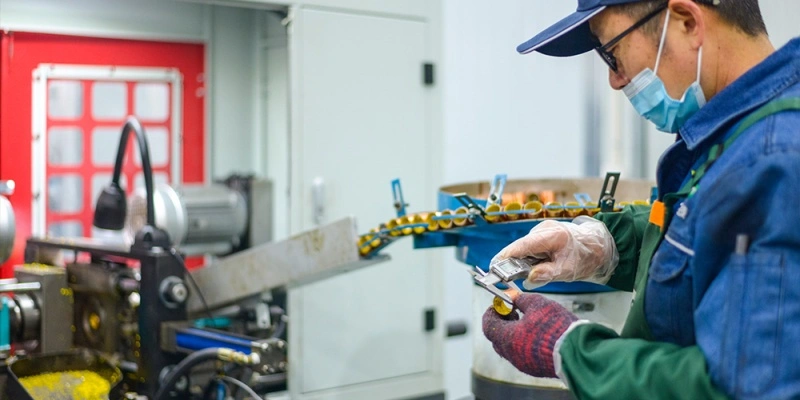
Dimension and geometric tolerance detection
Use precision measuring tools (such as micrometers and profilometers) to detect the inner diameter, outer diameter, length and wall thickness of the bearing to ensure that they meet customer requirements.
Check the roundness, cylindricity and parallelism of the bearing to avoid assembly interference or eccentric wear.
Surface quality and coating detection
Roughness test: Measure the Ra value of the friction surface with a surface roughness meter (usually required to be ≤1.6μm) to ensure that the lubricating film is evenly distributed.
Plating/coating analysis: Use a metallographic microscope or scanning electron microscope (SEM) to observe the thickness, uniformity and bonding strength of self-lubricating coatings such as PTFE, graphite or molybdenum disulfide (MoS₂). Use a scratch tester to evaluate the adhesion of the coating to prevent it from falling off during operation.
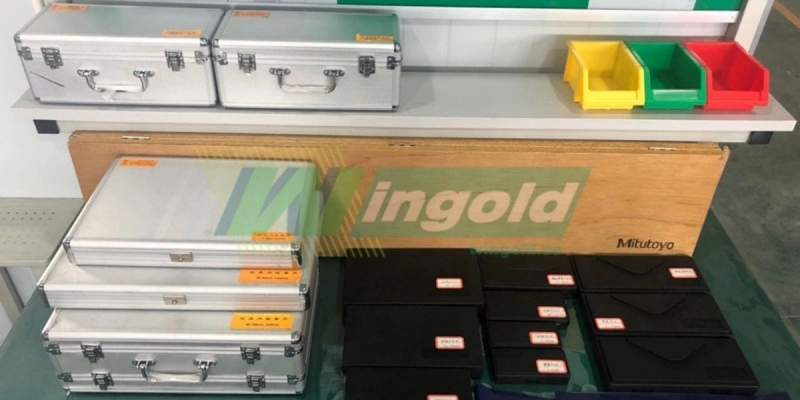
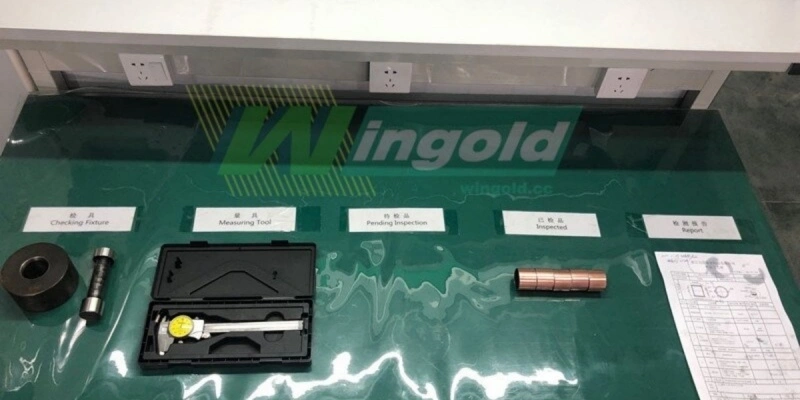
Material Performance Test Hardness Test
The hardness of the substrate (such as copper base, steel back) must meet the design requirements (such as HB 50-120) to ensure the load-bearing capacity. Composition analysis: The spectrometer detects the alloy composition (such as CuSn8P, SAE 841) to verify that the material meets the ASTM B438 or DIN 1494 standards. Porosity detection (for powder metallurgy bearings): The oil content is determined by the immersion weighing method to ensure the oil storage capacity.
Friction And Wear Performance Test Friction Coefficient Determination
Simulate the working conditions on the friction tester (such as Pin-on-Disc) to detect the dynamic friction coefficient under dry friction or boundary lubrication conditions (usually required to be ≤0.15). Wear resistance test: Use a reciprocating wear tester (such as SRV tester) to evaluate the wear amount of the bearing under specific load and speed to ensure that the life meets the standard.
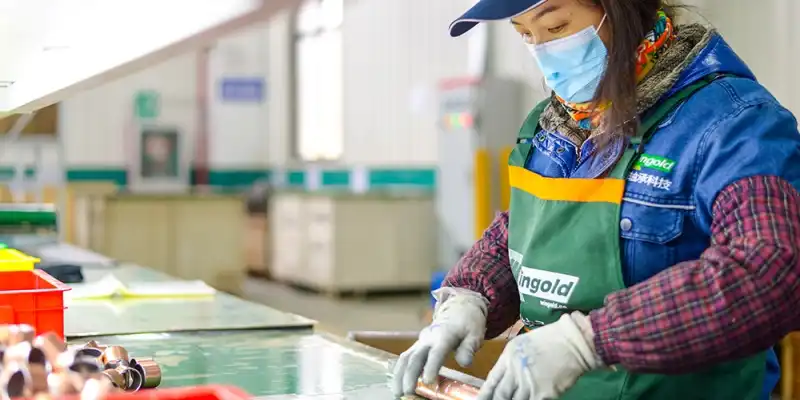
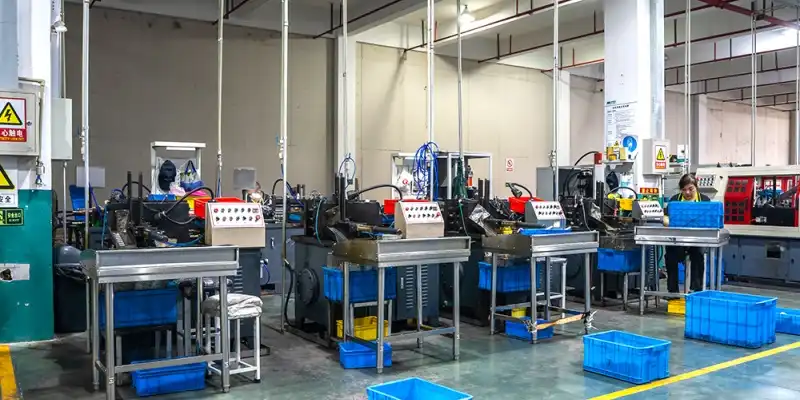
Environmental Adaptability Test
High temperature performance: Test the dimensional stability and lubrication performance of the bearing at high temperature (such as above 200°C) in a constant temperature box.
Corrosion resistance: Salt spray test (such as ASTM B117) verifies the corrosion resistance of coating or substrate.
Anti-pollution: simulate dust and humid environment to detect whether the self-lubricating performance is affected.
Dynamic Performance And Life Test
Bench test: run on a test machine simulating actual working conditions, monitor temperature rise, vibration, noise and wear trend, and verify the long-term reliability of the bearing.
PV limit test: determine the ultimate load capacity of the bearing under a specific pressure (P) and speed (V) combination.
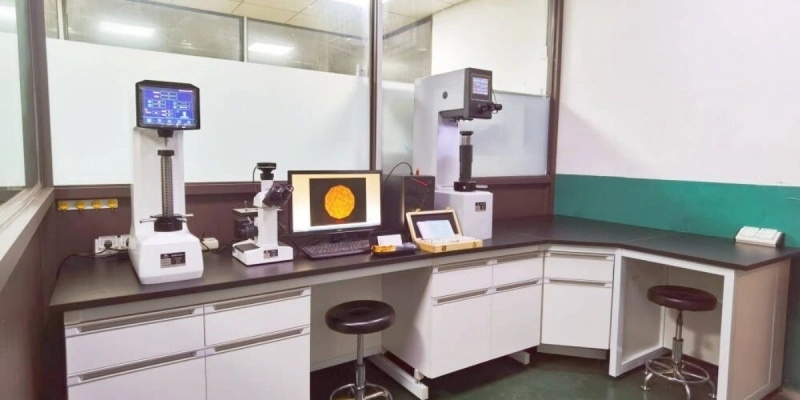
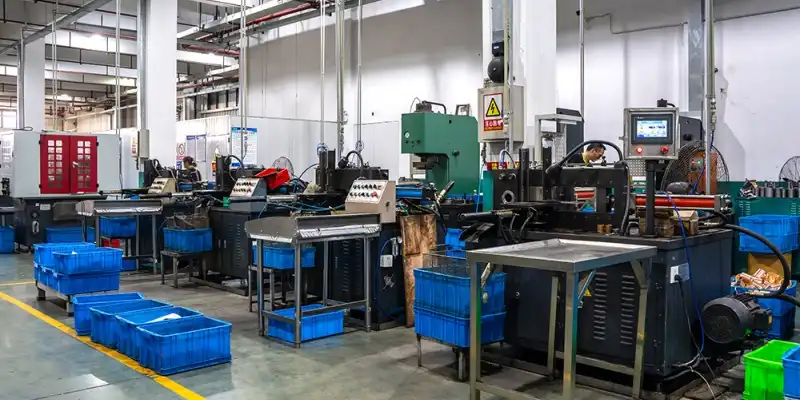
Nondestructive Testing (NDT) Ultrasonic Testing
check for internal cracks, pores and other defects. X-ray testing (for metal-based bearings): check the uniformity and defects of the internal structure.
Learn about our latest products and discounts through SMS or email